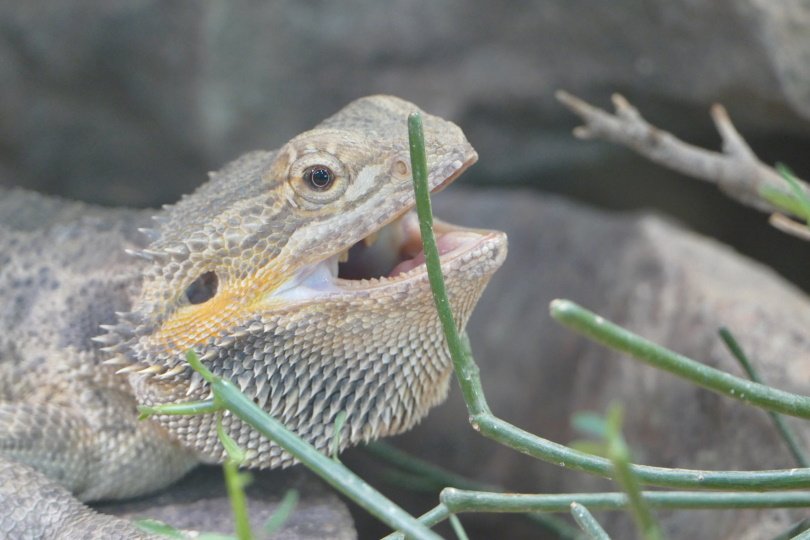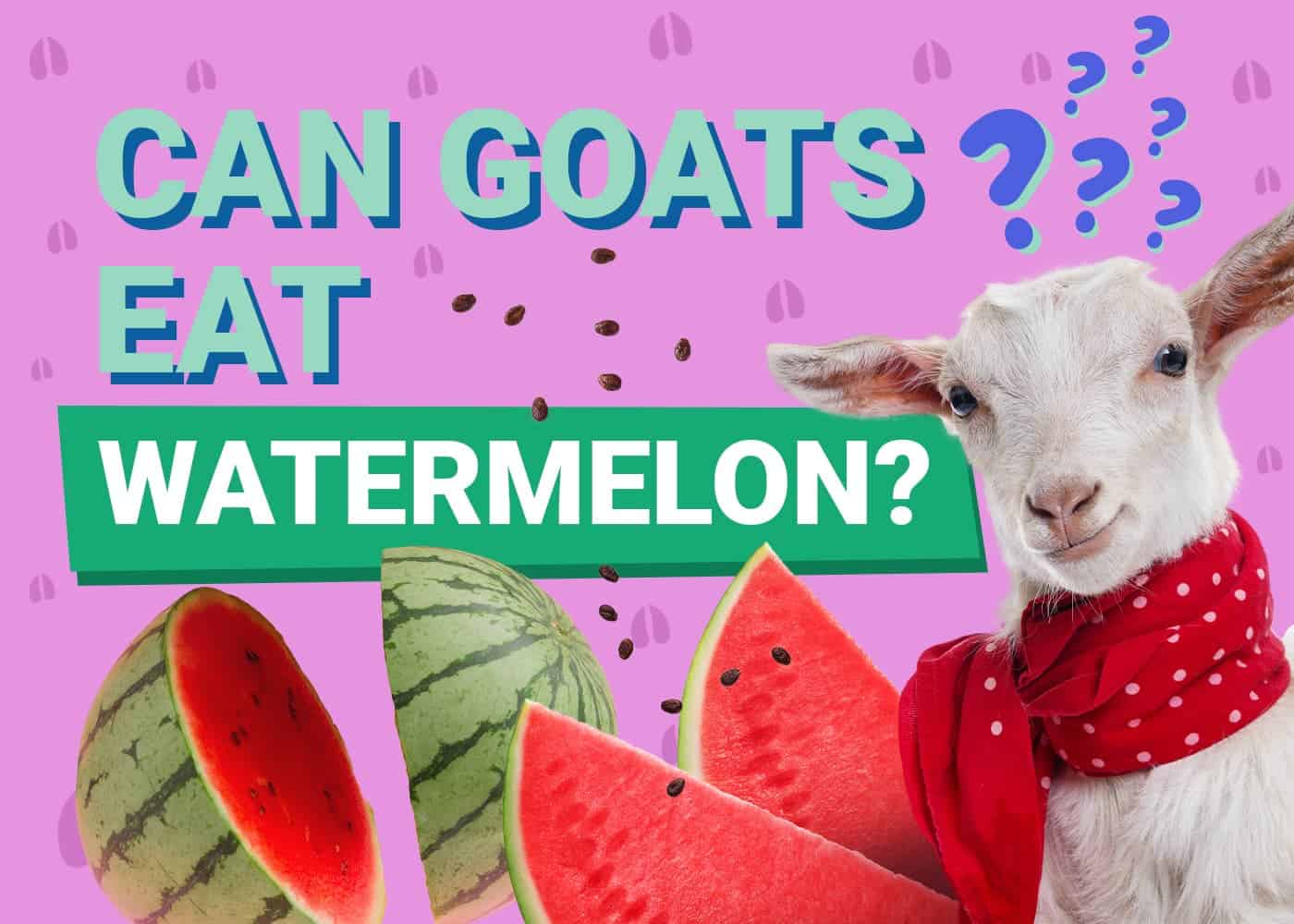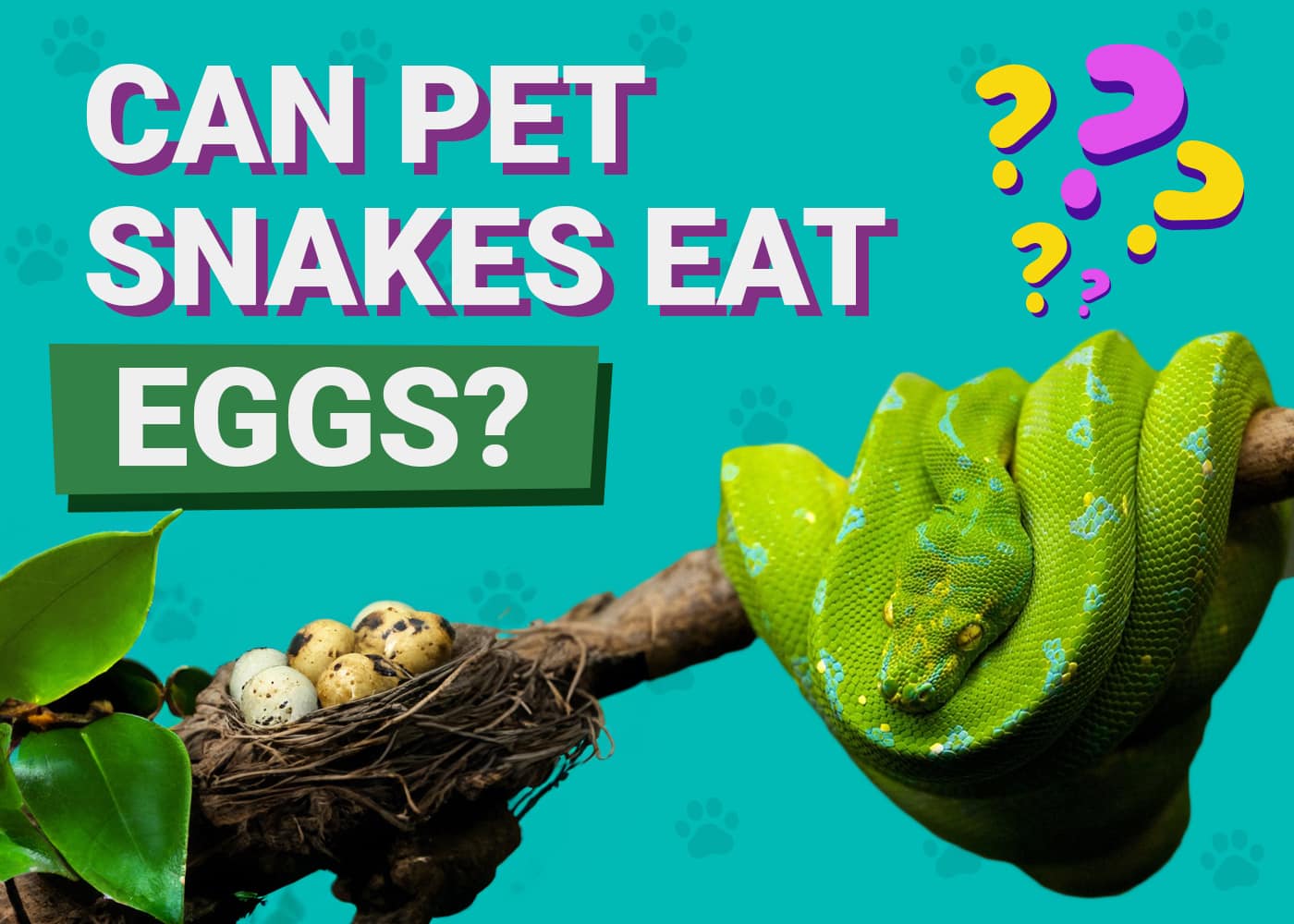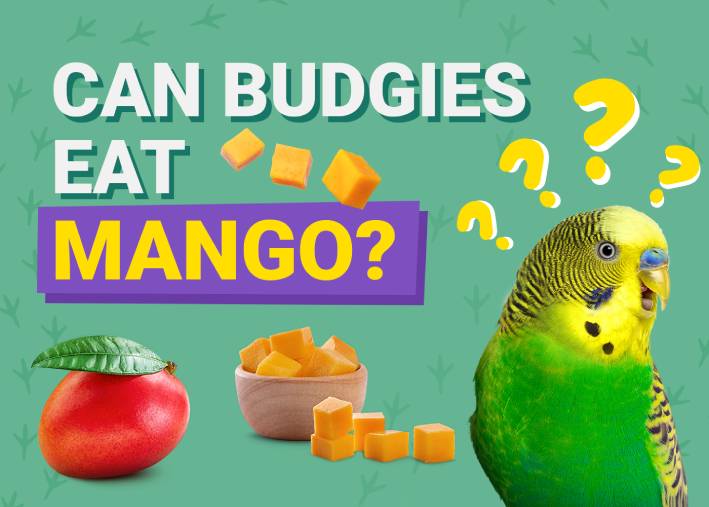Bearded dragons are popular pets, and most people know that they eat a wide variety of insects and small animals, but they can also eat several different plants, including a large selection of greens. However, it can be difficult to figure out the best ones to offer if you are a beginner because some are high in oxalic acid, which can harm your pet.
Here, we created a list of fresh greens that you can safely give to your bearded dragon. This way, you can supply your pet with a healthy and varied diet.
10 Greens That You Can Feed Your Bearded Dragon Regularly
1. Alfalfa

Alfalfa is one of the good greens that you can feed your bearded dragon to provide your pet with high-quality nutrients. It contains plenty of fiber and vitamins A and C, which will help boost the immune system and help develop eyesight. The sprouts contain a little more phosphorus than most experts like, though, so it’s better to only feed them this part every few weeks as a treat. However, you can serve the other parts of the plant as part of a regular diet.
2. Collard Greens
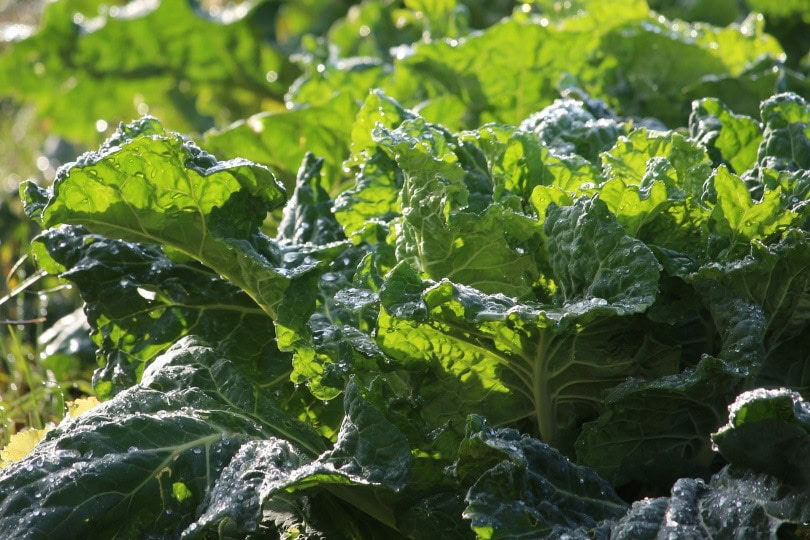
Collard greens are an excellent food to give to your bearded dragon. They have a good balance of calcium and phosphorus, so they will help your pet maintain a strong, healthy body. They also provide your beardie with plenty of fiber and vitamins A, C, E, and K while remaining low in sugar and calories. Most experts recommend making collard greens a staple part of your pet’s diet.
3. Dandelion Greens
You are likely to find that dandelions will quickly become one of your bearded dragon’s favorite foods, and it will often choose them over crickets and other insects. They have plenty of calcium and little phosphorus, so they will help keep your pet healthy and its bones strong. There are also plenty of vitamins found in dandelion greens, including vitamins A, B, C, D, E, and K, so your dragon will be able to ward off disease and reach old age. Like collard greens, you can make dandelions a daily part of your pet’s diet.
4. Mustard Greens
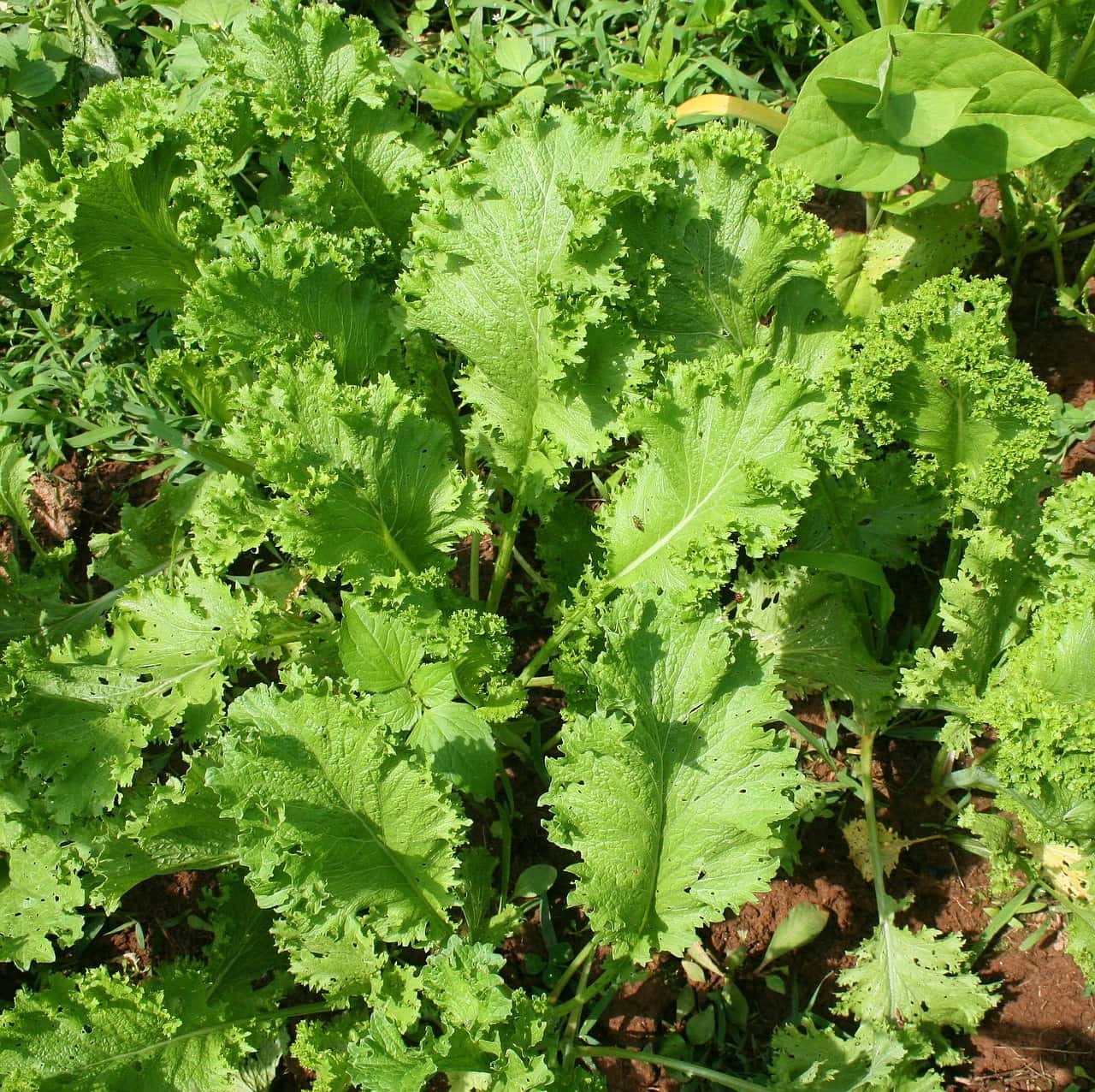
Mustard greens are another excellent source of nutrients that contain a high level of calcium and a low level of phosphorus, which will help prevent the onset of metabolic bone disease. This life-threatening condition softens the bones of pets that don’t get enough calcium or have too much phosphorus in their diet. Mustard greens also provide plenty of vitamins and fiber to help keep your pet healthy.
5. Prickly Pear Cacti
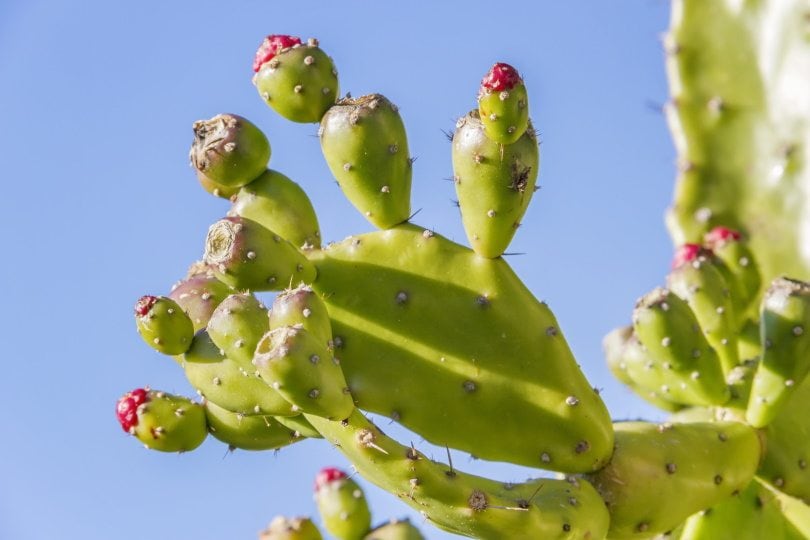
The prickly pear is an American ornamental plant that produces edible fruit. Your dragon can eat both the fruit and the pad as part of a healthy diet. You will need to remove the spines before serving or purchase them without the spines.
6. Squash
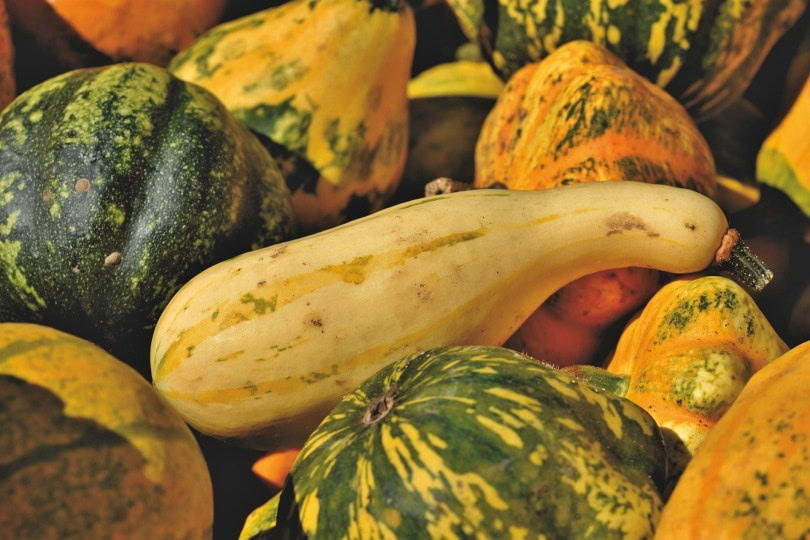
There is a wide variety of winter and summer squashes that you can find depending on where you live and what you grow in the garden, including yellow squash, zucchini, buttercup, and spaghetti. All types are safe for your bearded dragon to eat. Remove the rind and feed your pet only the flesh. Softer varieties will be easier to eat, and your pet will enjoy them more.
7. Turnip Greens
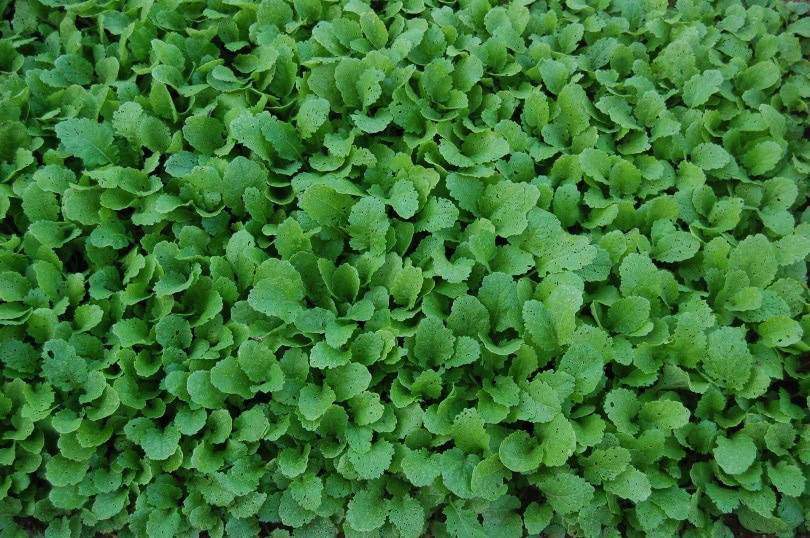
Turnip greens are another great food to feed your bearded dragon, as they have an acceptable calcium-to-phosphorus ratio. They also provide plenty of vitamins and fiber to help keep your pet healthy and its digestive system regulated. These greens are fine as a standard part of the diet, and they are soft and tasty, so your pet will enjoy eating them.
Greens That You Can Provide as Occasional Treats
8. Aloe Vera
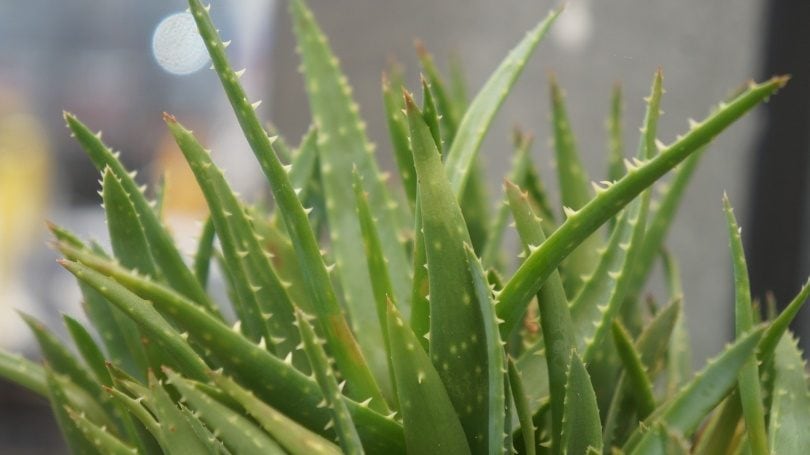
Your bearded dragon can eat aloe, but it has almost no nutritional value, so it’s best reserved as a treat if it’s something your pet enjoys. Eating too much of it can also cause diarrhea, so most experts recommend avoiding it entirely.
9. Broccoli
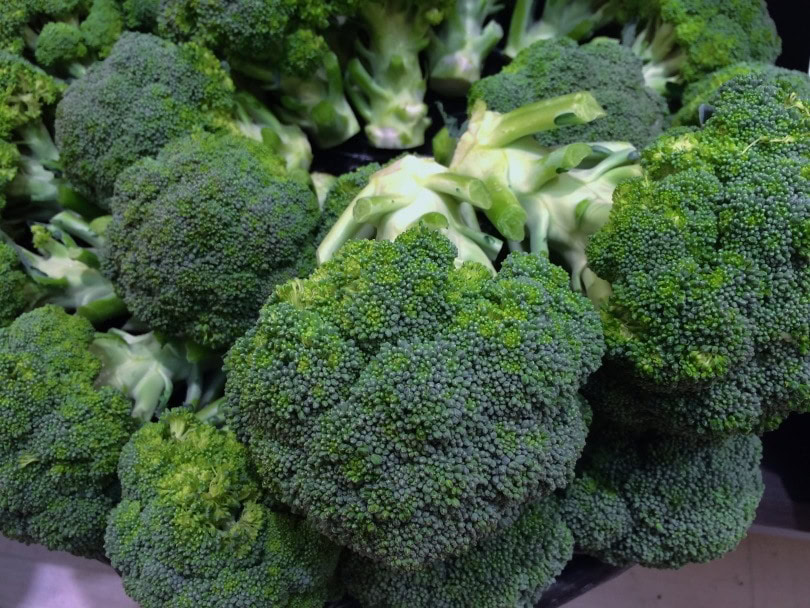
Broccoli is a healthy food for humans because it contains plenty of helpful vitamins and minerals. However, this food also has many oxalates that can be harmful to your pet in high amounts, so most experts recommend limiting it to a treat that you provide on occasion.
10. Kale
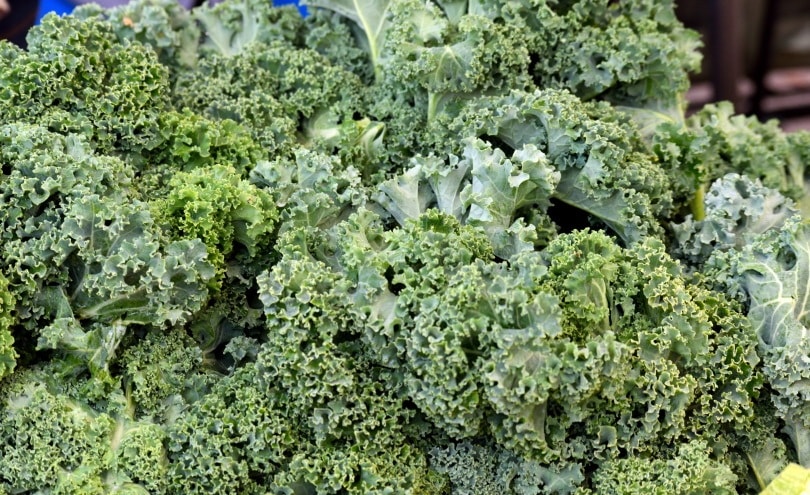
Kale is another leafy green that your bearded dragon can eat, but only as a treat. Kale has the correct calcium-to-phosphorus ratio, but it contains a lot of water, which can cause diarrhea in some pets. It’s also high in vitamin A, which can cause problems if you also give your pet a supplement containing this nutrient.

Ingredients That You Should Avoid
Oxalates
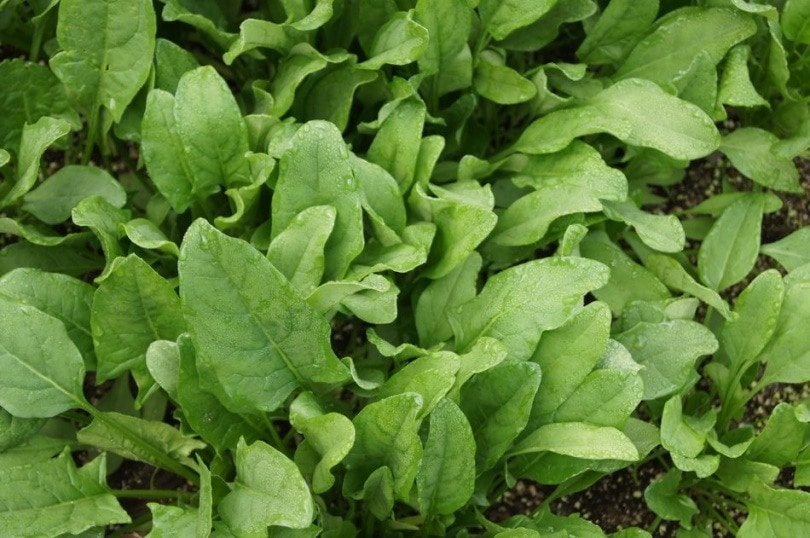
It would be best if you avoided greens high in oxalates. Foods like spinach, parsley, and rhubarb contain dangerous levels of oxalates that can lead to kidney stones.
Phosphorus
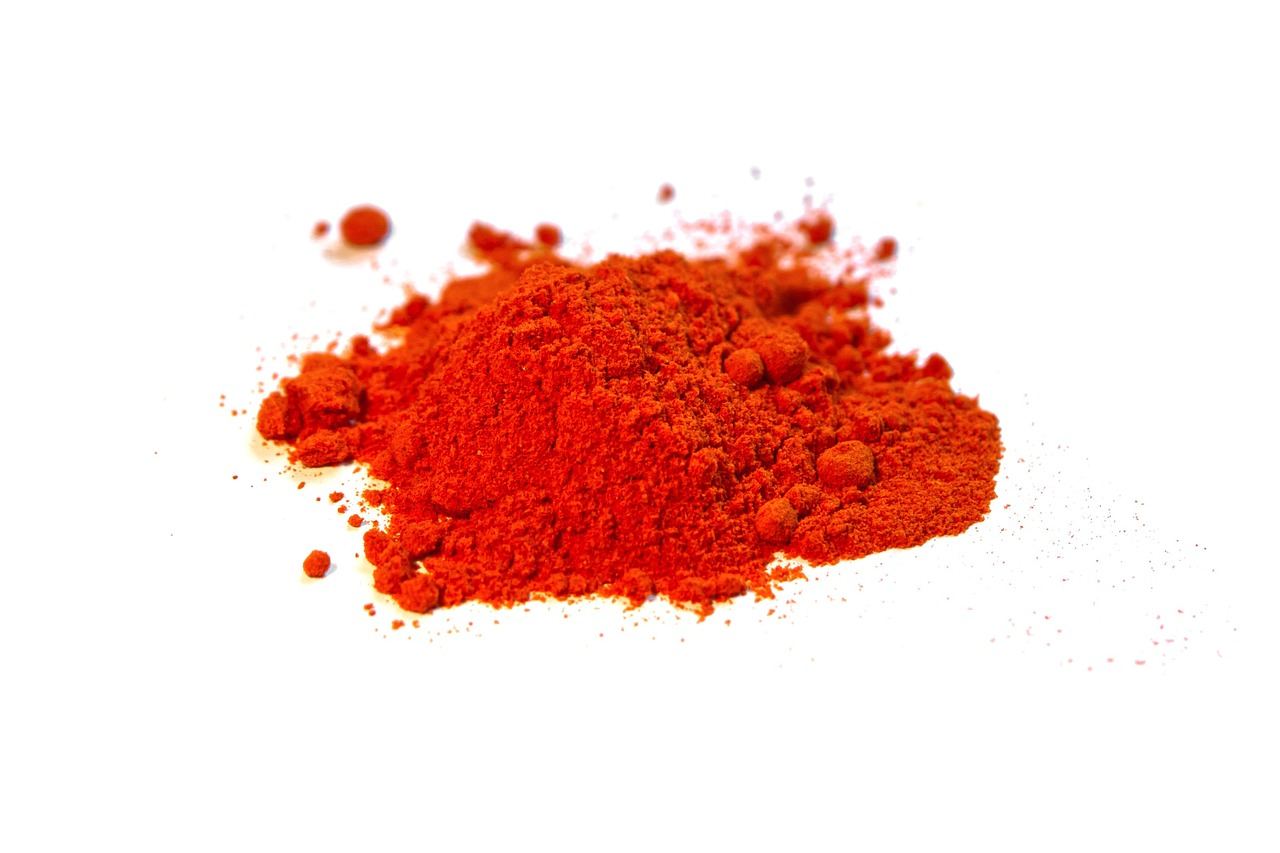
Many bearded dragons suffer from metabolic bone disease, a condition that softens the bones and could render them unable to move. It’s a life-threatening illness that occurs when your pet doesn’t get enough calcium in its diet. You can help your pet by adding calcium supplements to its diet, but you also need to watch how much phosphorus it eats because phosphorus can bind with the calcium, preventing the body from absorbing it. Most experts recommend keeping the ratio to 1:1 or better, with calcium being the higher number. For instance, mustard greens have 115 mg of calcium and 58 mg of phosphorus, so the ratio is almost 2:1, favoring calcium.
Water
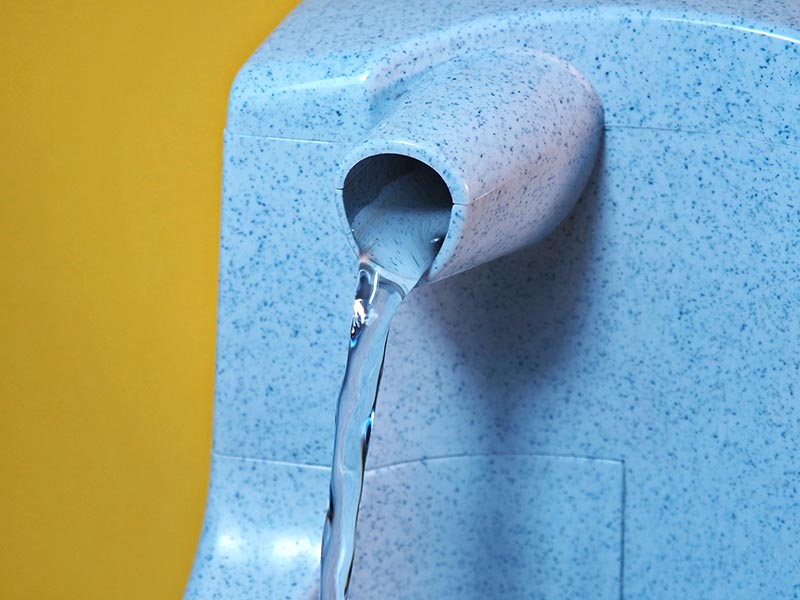
Some leafy greens, especially many types of lettuce, can contain plenty of water. While these foods can help hydrate your pet if it hasn’t been drinking enough water, they can also cause uncomfortable diarrhea. We recommend providing these foods only as treats or for hydrating your pet when prescribed by a veterinarian.
Sugar
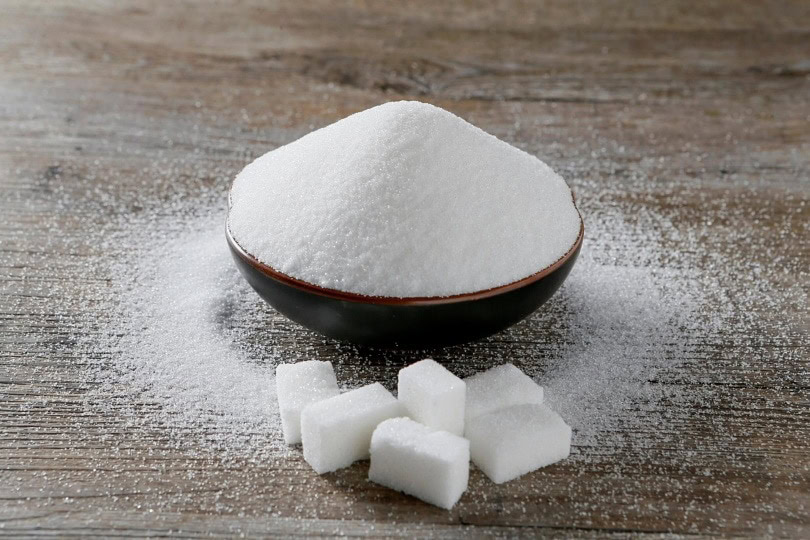
While we usually think of fruit when talking about sugar, several vegetables can be too sweet for your bearded dragons. Peas, squash, carrots, potatoes, and rutabagas can all add weight to your pet if you make them part of their regular diet. We recommend only including these foods in small amounts as part of a salad to enhance flavor.
Summary
Adding greens to your bearded dragon’s diet can be a great way to help them get the nutrients they need. Your pet will still need to eat plenty of crickets to get the protein that it needs, but greens can add essential nutrients like calcium that are difficult to obtain elsewhere. Dandelion and collard greens are your best bet, but there are several options listed here that you can use to provide your pet with a varied diet.
Featured Image Credit: Piqsels
